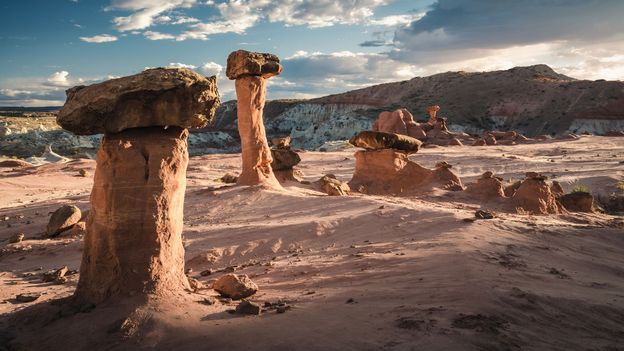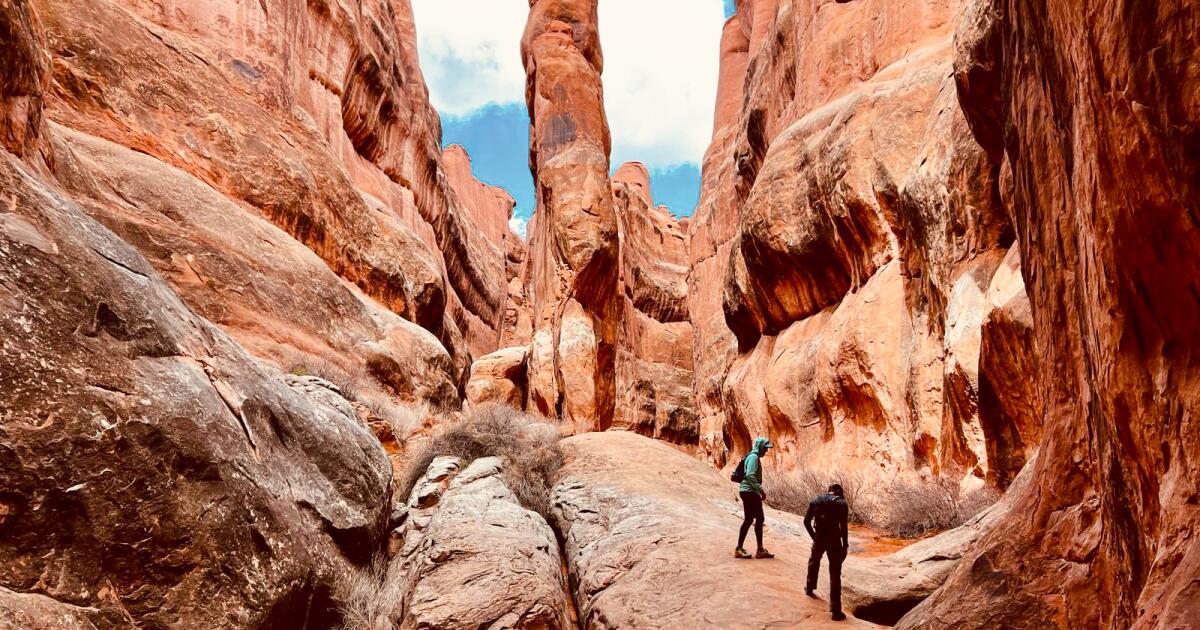
How a wild corner of southern Utah became the last place to be mapped in the US
BBCHow a wild corner of southern Utah became the last place to be mapped in the US Posnov/Getty Images The toadstool hoodoos in the national monument were formed by the erosion of softer rock, leaving a column sheltered from wind and water With its impenetrable canyons, Utah's Grand Staircase-Escalante National Monument defies human perspective and remains a mystery even to those who know it best. Today, southern Utah's Grand Staircase-Escalante National Monument is among the most treacherous and inaccessible swathes of land in the US. For Grand Staircase-Escalante National Monument Manager Adé Nelson, the land remains both an enigma and a geographical puzzle likely never to be fully resolved. kojihirano/Getty Images This unique backdrop has spurred hundreds of studies in the 27 years since the monument's designation, from investigating how the monument's geology provides insight into the hydrology of Mars to unearthing some of the oldest marsupial fossils ever identified to discovering many previously unknown species of dinosaurs, including North America's oldest mosasaur – a 94-million-year-old marine reptile called Sarabosaurus dahli found in June 2023.
Discover Related


































